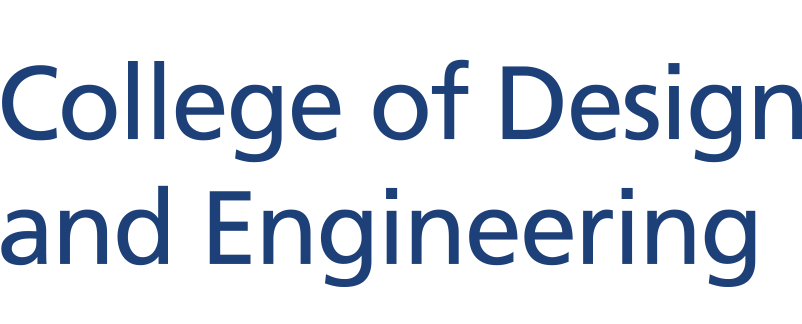Industrial Design is a human-centred problem-solving process driven by creativity, innovation, and research. Its goal is to create and deliver products, services, and communication that enhance the human experience while building business success. It is a trans-disciplinary profession that harnesses creativity to resolve problems and collaboratively creates solutions with the intent of making a product, space, system, service, experience, or business better.
At its core, Industrial Design provides an optimistic way of looking at the future by reframing problems as opportunities. It links innovation, technology, research, business, and consumer behaviour to provide new value and competitive advantage across economic, social, and environmental territories.
Interested in applying? Refer to this link here for more information.
The Bachelor of Arts in Industrial Design is a four-year full-time undergraduate honours programme by coursework.
The BA (Hons) Industrial Design curriculum is divided into 3 main progressive levels, namely Design Fundamentals, Design Platforms and Final Year Thesis. Students learn fundamental design knowledge, skills and capabilities in the first 3 semesters (Design Fundamentals), put these into practice in the next 4 semesters through a series of conceptual and industry projects (Design Platforms), and finally demonstrate their proficiency with a thesis project in the final year (Final Year Thesis).
Semesters 3–7
As part of our strategy to evolve constantly, a major component of the course is the Design Platforms. It allows students to tailor their individual course of learning by selecting and participating in 2 concurrent design studios from a range of 6 to 8 different design projects offered every semester – ranging from furniture design, healthcare design, consumer electronics design, transportation design, apps and interaction design, retail design, home appliance design, conceptual design, service design and more. The range of different topics reflect the ever-expanding role of an industrial designer; not only are students able to receive exposure to different areas of industrial design, they also get the opportunity to learn different approaches to designing from the individual studio leaders and industry collaborators.
In addition, the vertical format of the design platforms encourages cross-learning of ideas, skills and methods while junior students work alongside and/or compete with senior students. Students in a lower year will take up the role of a junior designer, whilst senior students will have the opportunity to assume the role of a senior designer. This arrangement reflects the prevalent importance of group dynamics in industry practice, where design teams often comprise of junior designers, senior designers and sometimes a creative director.
Semesters 7–8
In the fourth year, students are required to research and investigate opportunities and develop a comprehensive design project. The major topics addressed in this level include research methodology, brief formulation, project planning techniques, information search and documentation, product analysis and evaluation, concept development and selection process for design development, design detailing and final market implementation.
The final year thesis gives students the opportunity to self-initiate a project according to their area of interest, preparing the graduates for a career in design. The final project ensures that students are sufficiently competent in research as an integral part of the design process. At this final year level, students would learn to form and evaluate value judgments on design decisions that ensures design proposals meet with rationalised and functional criterion as well as less tangible qualities of the aesthetic. Successful graduates will demonstrate innovation and competency in industrial design.




